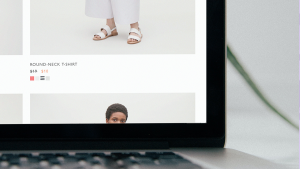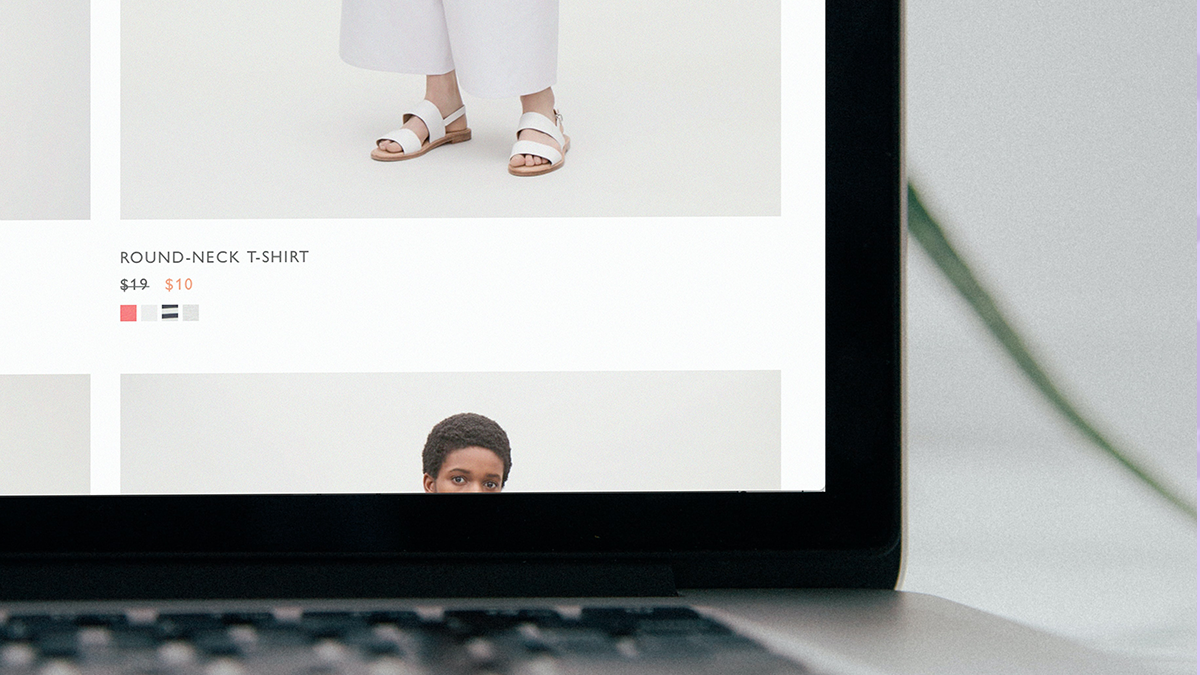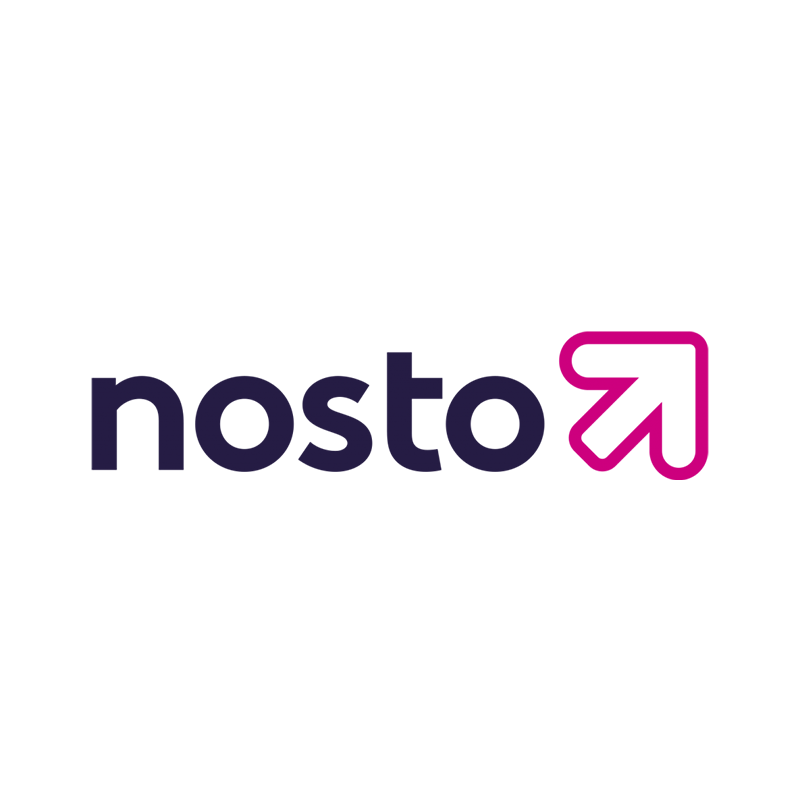Category
Tags
Today’s shoppers are spoiled for choice, with many brands’ product catalogs spanning far and wide. But while variety can be a great thing, we can’t ignore how it can also hinder the search experience.
Fear not: there are some nifty technologies on the market that prevent customers from having to experience tiresome, unproductive searches before finding what they want (or worse still, before bouncing).
Product recommendation technologies, for example, use customer and product data to surface specific items on your site to different visitors, at varying points of their journeys. As a result, they make the customer experience more relevant, efficient and personalized (while also bumping your sales, average order value, and more).
But, while 70% of consumers deem it essential for brands to deliver personalized shopping experiences, not all brands are using personalized product recommendations to their fullest. Here’s how you could be.
Strategy #1: best sellers and trending now
First up, we have best sellers and trending now features. The algorithms of these serve up a selection of items determined by overall purchase and browsing data. Often, brands configure these to pull through products that are getting the most sales, being bought by the most people, or being viewed by the most.
This type of recommendation works well anywhere on your site, from showing what’s hot within category pages, to inspiring browsers with best sellers the moment they land on your homepage. You can also apply inclusion and exclusion filters which are pretty handy. For example, identifying low-inventory products (a common one) and excluding them from showing up in these features.
Best sellers and trending now setups are a particularly good way to target first-time visitors, helping with discovery and serving as fallback recommendations from which behavioral data can be collected and used for future personalization.

https://finisterre.com/
Strategy #2: you may also like on product pages
Next up, we look at cross-selling. An easy way to increase average order value (AOV) is to showcase additional items within a product detail page (PDP), supplementing a given product. You may also like features work well on PDPs where a customer is already engaged with a product and likely to take interest in related items.
You can use these algorithms by tagging products as ‘related’ and telling the technology to surface additional, complementary products on specific PDPs. For example, you might choose to surface products within the same category—like kitchenware items with the same color scheme.

https://dvrxthreads.com/products/freestyle-polo
But it doesn’t have to be category-specific. You can also feature products based on the shopping patterns of overall customers, such as what’s commonly viewed alongside a specific item, or frequently bought with it.
We find that you may also like sections are a great way of aiding product discovery and bumping AOV. But you might also want to set them up as a conversion savior, should the product in a PDP be unavailable. In these instances, you’d configure the sections to only surface products with stock availability—and perhaps prevent cheaper alternatives appearing, too.
Strategy #3: featured products on blog posts
Got a blog on your brand’s website? This one’s for you.
Embedding product recommendations within articles is another great placement. You could cherry-pick the items you want to show. Or, say you have an article on ‘Winter jackets’ getting decent visits—you might wish to showcase some of your best-selling winter outerwear within the blog post using purchase data.
These placements aren’t just good for conversions, but also AOV. For instance, you could use them as an opportunity to tie in complementary products and upsell, like scarves, gloves, hats (in the case of this example). All placements can take users directly to the product pages, too, promising a seamless user experience.
Oh, and here’s something exciting… Nosto’s currently working on a tool for stores to surface products through visual recognition. So, for an article discussing trends and featuring third-party images, Nosto will soon be able to identify visually-similar products from a merchant’s catalog and pull these through. Clever, eh?

https://pitbarrelcooker.com/blogs/lifestyle/smoking-vs-grilling
Strategy #4: recently viewed on collections pages
The recently viewed algorithm is one of the most popular setups seen in the land of product recommendations. Essentially, these surface products that have been previously viewed by shoppers, using individual browsing data. Recently viewed is a simple way of targeting users on an individual basis with products they’re likely to take action on.
What’s more, certain softwares use weighted browsing history to make these recommendation types more advanced. Rather than solely surfacing previously-viewed items in a chronological order, for instance, Nosto can use artificial intelligence to identify which of these previously-viewed items visitors have shown the most interest in—have any been in their cart before, for instance? Nosto would then highlight these over other recently-viewed items that have seen less interaction. These are actually a type of personalized recommendation, but the concept is the same.
However advanced you choose to get, providing a shortcut back to items shoppers are interested in improves shoppers’ experience and streamlines their path to purchase.
P.S. like other features, recently viewed can also be configured with ‘rules.’ If a visitor hasn’t viewed enough products to populate the full template, you can have them automatically pull through other items (think best-sellers, etc.). No need to worry about blank spaces!

https://www.lordsandlabradors.co.uk/collections/carriers-crates
Strategy #5: bundles and gifting on PDPs
It would help if you also thought about using product recommendations when targeting gift-givers. Looking for gifts isn’t always easy, and many people don’t have the time to wade through dozens of stores to find the perfect presents.
PDPs are an ideal place to present additional products that could work together as a gift set, but it’s important to get the right mix. For example, look to highlight complementary products to the one being viewed, or products frequently bought alongside it. You should also try to include at least some items without size variants. That way, you’re giving options for those who might be hesitant about buying gifts that fit.
Want to make your selection even more appealing? Incorporate discounts and free deliveries as part of your template; offers like ‘add three products and get 10% off’ can work a treat!
Auto-generating recommendations saves gift shoppers a whole lot of time while improving your upsells and AOV as a result.

https://www.jojomamanbebe.co.uk/my-first-christmas-bib-h1177.html
Strategy #6: 404 pages
Now, we look at 404 pages—a placement which demonstrates just how broad the application of product recommendations can be! When we think of 404 pages, it’s easy to think ‘lost opportunity’. But these error pages don’t have to cost you conversions.
In fact, placing recommendations on 404 pages is the perfect way to redirect traffic back to the buying journey. However, it is important to consider certain scenarios:
New traffic hitting a 404 straight from Google
You won’t have customer data to personalize to this segment. Instead, best-seller features are a great way to give them a taste of your brand and entice them with your most appealing products.
Visitors met with a 404 during their site session
Here, you can get more targeted. Using browsing history recommendations will remind shoppers of their last-viewed products and prompt them to pick up their shopping journey from the point they were last engaged. Tip: employ a fall-back to have best-sellers populate the placement in case certain users haven’t viewed enough products.
Giving customers a direct path to product pages on 404s can turn a poor UX experience into a quick re-engagement that prevents bounces and boosts your sales.

https://www.hudsonjeans.com
Strategy #7: in cart
We couldn’t write about recommendation strategies without advising you how to use these within your carts—the final hurdle, yet also a key upselling stage!
Cart recommendations have the power to influence AOV as you give a ‘last call’ for shoppers to bag an item. Some approaches you can take include:
Highlighting quick add-ons
Entice customers to increase their cart size with low-price-point, high-margin add-ons. Avoid products with variants to minimize decisions.
Pointing out related products
Emphasize products that are often purchased with whatever is in the user’s cart to inspire additional purchases.
Showing previously-viewed items
Remind customers of items that caught their eye throughout their session, with ‘still interested?’-type messaging.
However you configure your in-cart recommendations, one thing’s for sure: ease of use is crucial. Shoppers must be able to add recommended products without clicking away from the cart. If the products have variants, it’s important shoppers can select these directly from the cart. The last thing you want to do is distract shoppers when they’re so close to converting.

https://wethenew.com/products/air-jordan-1-mid-tan-gum?variant=39636112932973
Strategy #8 including user-generated content (UGC)
User-generated content (UGC) is the content created organically by your customers and brand enthusiasts, and posted publicly to the likes of Instagram, TikTok, and more. Brands reuse this content across their marketing channels to ensure their visual assets are more authentic and kept fresh, including their eCommerce stores.
Apparel brand, Pacsun, did this when they created an UGC inspiration page on their site, featuring TikTok videos that viewers could click on and shop directly from.
It can also be effective to leverage UCG within product recommendations as additional product images—especially for best-selling products that accrue a pool of UCG to choose from. Combining the power of recommendations with highly authentic and engaging UGC by replacing studio shots with more inspirational images can make people even more likely to convert, especially if positioned on key landing areas like home and category pages.
P.S. complement these UGC product recommendations with widgets like image sliders throughout your site. Using UGC sliders on PDPs, for example, shows shoppers the products they’re interested in, on multiple people and in different environments. This enhances the look and feel of your products and builds more trust with your customers.
5 things to consider when implementing product recommendations on your ecommerce store
There are a number of factors that will play into the impact of your product recommendation strategies. When working on these, you ought to consider:
What tools can I use to scale?
Look to user-friendly, AI-powered platforms that allow for fast activation, require limited technology skills, and come with built-in analytics and A/B testing (to continually optimize your setups). Reviewing how well different vendors integrate with your existing tech stack is also important so you can enrich your recommendations. For example, showcasing ratings and reviews within them, or importing audiences from your email software provider (ESP) can further personalize recommendation setups.
What is my audience for the pages I am delivering product recommendations on?
When placing recommendations, it all comes down to what makes the most sense for your audience. But different pages have different goals and audiences. We advise building a product recommendation map for your store that covers:
- The number of recommendation slots on the page
- The algorithm used
- The filters to refine the results and respond to certain use-cases
- The design template
Which layout is best to improve UX?
There’s really no golden rule when it comes to layout. However, make sure you use direct add-to-cart call-to-actions (CTAs) and clear view product CTAs. Review how placements are performing and iterate this; is a slot placed on top of the page performing better than one on the bottom? As with anything you implement onsite, it’s always important to validate hypotheses with A/B testing to ensure you have the best setup.
Which products align with my merchandising or promotional efforts right now?
Your product recommendations will continually adapt automatically, based on the latest data. It can be tempting to just let them roll and only check performances from time-to-time. However, you can optimize in new ways such as exploring seasonal recommendations. Using the scheduling option, you can highlight certain products, brands, or categories during specific time periods to make product recommendations seasonally-relevant, e.g. ‘best Black Friday deals’ that showcase the best sellers with the highest discount rate.
Do I need to adjust any marketing efforts to reflect this new online store experience?
It’s important to have a consistent user experience (UX) throughout all your touchpoints. With a platform like Nosto, you can also add personalized product recommendations on your emails, or adapt shopping experiences to specific traffic sources. For example, traffic landing from Instagram adverts might be shown specific story-like templates for product recommendations on a PDP.
Increase engagement, revenue and AOV with product recommendations
The scope for onsite product recommendations is huge—each in the breadth of application and their impact on crucial ecommerce metrics.
If you’re keen to start delivering more relevant interactions to your customers and learn more about how product recommendations can help you, book a demo with our Nosto or contact us at The Stable for more information.




